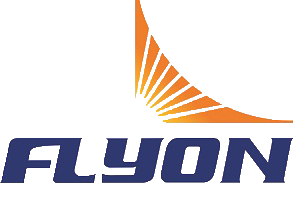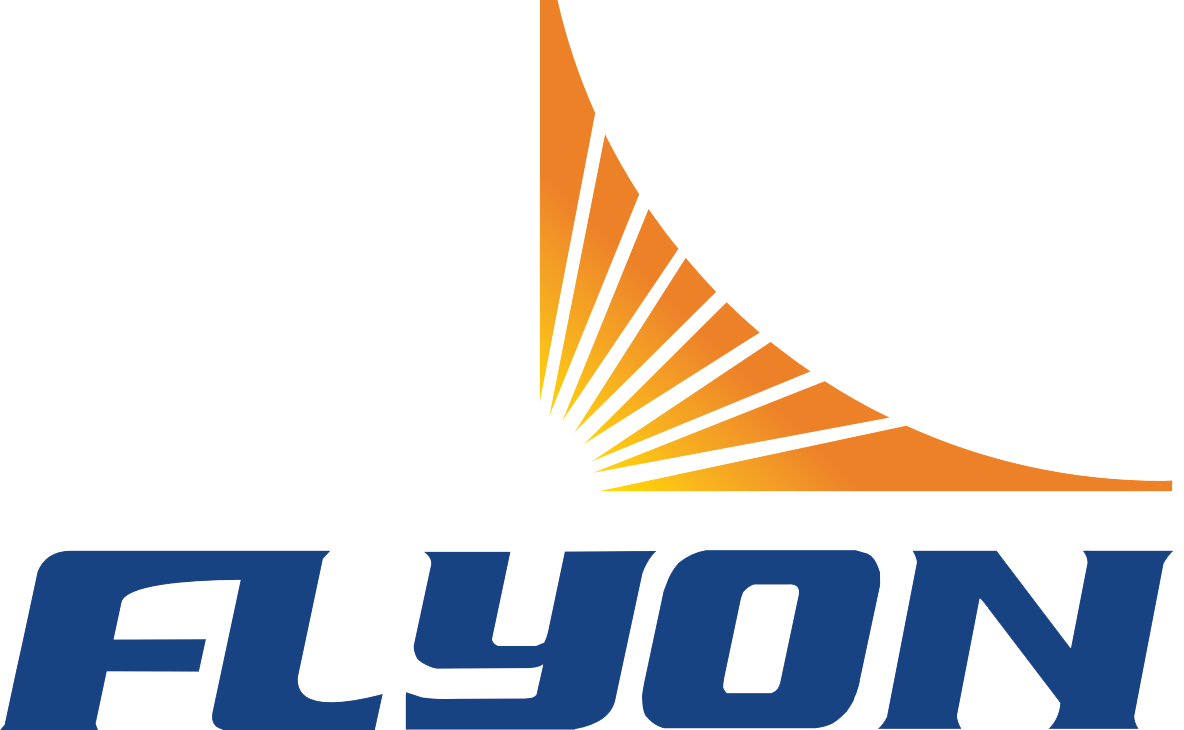Why Running Track Maintenance Ensures Safety and Longevity
Understanding the importance of running track maintenance
Regular upkeep prevents irreversible surface damage caused by debris accumulation and UV exposure. Synthetic track materials lose elasticity and traction when neglected, increasing slip hazards and reducing impact absorption. Facilities that implement preventive maintenance protocols reduce repair costs by 60–75% compared to reactive approaches, according to sports surface lifecycle studies.
How routine maintenance enhances athlete safety
Daily inspections remove foreign objects while preserving consistent friction levels in sprint zones and jump pits. Well-maintained shock-absorbing layers reduce lower-body stress injuries by 22–35% compared to degraded surfaces. Properly marked lanes and repaired cracks prevent missteps during high-speed direction changes.
Extending track lifespan through proactive care
Quarterly pressure washing and biannual sealant applications combat weathering effects that accelerate wear. Facilities performing annual elasticity tests and minor crack repairs achieve 12–18 year lifespans—double the longevity of minimally maintained tracks. Early intervention with 2–3mm surface tears avoids costly full-depth repairs later.
Daily and Seasonal Cleaning for Optimal Track Performance
Effective running track maintenance hinges on daily and seasonal protocols that balance immediate cleanliness with long-term surface protection. While debris accumulation seems harmless, studies show that sand and organic matter act as abrasives, accelerating wear by 22% in high-traffic zones (Sports Surface Journal 2023).
Regular cleaning and debris removal as a foundational practice
Daily brushing with soft-bristle brooms removes surface particulates before they embed into the track’s polymer layers. Facilities adopting scheduled cleaning protocols report 18% fewer cracks compared to reactive approaches. For rubber surfaces, pH-neutral cleaners prevent chemical degradation without compromising traction.
Removing dirt and debris from the surface using proper tools and techniques
Strategic tool selection prevents damage during deep cleaning:
- Leaf vacuums clear gravel from porous surfaces without dislodging infill materials
- Rotary scrubbers with nylon brushes remove algae buildup in drainage channels
- Low-pressure washers (< 800 PSI) blast away stubborn stains without eroding surface textures
Tracks near foliage require biweekly blower sessions during autumn to prevent organic decomposition, a key contributor to surface softening.
Basic sweeping and edge maintenance for daily upkeep
Edges demand focused attention, as 63% of premature seam separations originate from unchecked debris (Track Preservation Alliance 2023). A two-person team can efficiently:
- Sweep lane markings with microfiber mops
- Inspect curb connections for grass encroachment
- Clear drainage grates along the perimeter
This 15-minute daily routine prevents 90% of weather-related surface damage, according to collegiate athletic department audits.
Preventing and Managing Surface Wear in High-Use Areas
Effective running track maintenance demands focused strategies to combat accelerated deterioration in high-traffic zones like competition lanes and training areas. Targeted interventions preserve surface integrity while maintaining consistent grip and shock absorption across all lanes.
Monitoring Wear on High-Use Lanes (Lane 1 and 2)
Inner lanes endure 4–7 times more daily foot traffic than outer lanes due to their use in races and interval training. Facility managers should conduct biweekly inspections using:
- Chalk tests (hydrated lime applications revealing surface depressions)
- Laser scanning to measure rubber granule thickness (±0.5mm accuracy)
- Traction audits with pendulum testers identifying worn acceleration zones
Rotating Start and Stop Locations to Prevent Uneven Wear
Relocating warm-up areas and finish-line markers between events reduces concentrated wear by 22–41% (2024 Big Ten Conference Maintenance Study). Schools using seasonal rotation plans for starting blocks report:
- 34% fewer cracks near acceleration zones
- 19% longer lifespan for lane 1 surfacing
- More consistent force distribution across the track’s radius
Data Insight: Track Wear Patterns Observed Over Five Competitive Seasons
Analysis of 12 NCAA tracks shows inner lanes require resurfacing every 3.1 years versus 6.8 years for outer lanes. Critical findings include:
| Impact Factor | Lanes 1-2 Degradation Rate | Lanes 5-8 Degradation Rate |
|---|---|---|
| Spike plate abrasion | 2.7mm/year | 0.9mm/year |
| UV exposure damage | 18% faster color fade | Baseline rate |
| Water infiltration cracks | 41% more prevalent | 12% prevalence |
Implementing Lane Rotation Schedules in School and Municipal Facilities
Public recreation departments using monthly lane rotations extend major renovation cycles by 18–24 months. Proven tactics include:
- Alternating practice sprint lanes weekly
- Designating outer lanes for field event equipment
- Restricting lane 1 usage to competitions only
Arizona’s Mesa Unified School District reduced resurfacing costs by $28,000 annually after adopting these protocols in 2022.
Crack Repair, Recoating, and Long-Term Surface Restoration
Immediate Repair of Cracks and Tears to Prevent Escalation
Address cracks within 48 hours of detection—research shows unrepaired fissures expand 300% faster under athlete impact and weather changes. Use polyurethane-based sealants that flex with temperature shifts, applied when surfaces are dry and above 50°F. Facilities prioritizing quick repairs reduce major restoration costs by 62% over five years (Track Surface Studies 2023).
Crack Repair and Preventative Maintenance Best Practices
Implement monthly inspections using the "drag test" method: walk the track while dragging a 6-ounce weight to detect hidden surface irregularities. High-performance tracks show 85% fewer cracks when maintained at optimal rubber infill depths (3–5mm), according to 2024 industry audits.
Assessing Surface Color Wear and Need for Recoating
Fading beyond 30% color loss indicates UV degradation and reduced shock absorption. Test friction coefficients quarterly—values below 0.5 signal urgent recoating needs. Facilities using professional color-matching services extend recoating intervals by 18 months compared to DIY approaches.
Respraying or Recoating the Track Surface: Timing and Materials
Apply two-component polyurethane coatings every 5–7 years, preferably in spring when temperatures consistently exceed 55°F. Modern ceramic-infused resins last 40% longer than standard acrylics while maintaining critical force reduction properties (28% ±2% impact absorption). Always recoat entire sections rather than patching to prevent visible seams.
Maintaining Drainage Systems to Prevent Water Accumulation
Drainage systems for tracks need regular attention if we want to prevent expensive water damage down the road. Checking those drains, gutters, and scuppers once a month keeps things running smoothly by clearing out stuff like leaves and dirt that can block water from flowing properly. For places with tracks that stay open rain or shine, getting serious about underground drainage makes sense. These systems can handle anywhere from 15 to 20 gallons of stormwater every minute when they're working right. When drains get backed up, pressure builds up underneath the surface. This puts rubberized track surfaces at risk for peeling away over time, especially after repeated exposure to heavy rains.
Inspecting Subsurface Drainage After Heavy Rainfall Events
Post-storm assessments focus on identifying silt buildup in drainage pipes and channels. Use video inspections to detect hidden cracks or root intrusions in subsurface infrastructure. Facilities in flood-prone regions report 47% faster drainage recovery times when conducting inspections within 24 hours of rainfall (2023 Sports Surface Survey).
| Maintenance Task | Frequency | Key Benefit |
|---|---|---|
| Debris clearing | Weekly | Prevents 80% of drainage blockages |
| Pipe inspections | Post-storm/Quarterly | Identifies erosion risks early |
| Slope verification | Annually | Maintains 1–2% gradient for runoff |
Common Issues Caused by Poor Drainage in All-Weather Tracks
Persistent water pooling accelerates UV degradation of track surfaces and promotes mold growth in porous layers. Frost heave in colder climates can create uneven surfaces when water freezes in subsurface voids.
Protecting the Track from Vehicles, Vegetation, and Storm Damage
Install protective barriers to keep maintenance vehicles and equipment off running surfaces. Trim vegetation within 10 feet of track edges to prevent root damage and leaf accumulation. For storm-prone areas, anchor perimeter fencing and use sandbags to shield vulnerable drainage entry points during extreme weather.
FAQ
Why is regular running track maintenance necessary?
Regular maintenance is critical to prevent surface damage, ensure athlete safety, and extend the track's lifespan. It helps maintain elasticity, reduce slip hazards, and minimize repair costs.
What are some key maintenance practices for running tracks?
Some essential maintenance practices include daily cleaning, routine inspections, pressure washing, and applying sealants. It's also vital to monitor wear in high-use areas and manage drainage effectively.
How can facilities prevent uneven wear on tracks?
Facilities can prevent uneven wear by rotating start and stop locations and implementing lane rotation schedules. This strategy helps distribute foot traffic more evenly across the track.
When should crack repairs be done?
Crack repairs should be addressed within 48 hours of detection to prevent further damage. Quick repairs can substantially reduce long-term restoration costs.
 EN
EN
 AR
AR
 FR
FR
 PT
PT
 RU
RU
 ES
ES
 BG
BG
 HR
HR
 CS
CS
 DA
DA
 NL
NL
 FI
FI
 DE
DE
 EL
EL
 HI
HI
 IT
IT
 JA
JA
 KO
KO
 NO
NO
 PL
PL
 RO
RO
 SV
SV
 CA
CA
 TL
TL
 ID
ID
 SR
SR
 SK
SK
 UK
UK
 VI
VI
 HU
HU
 TH
TH
 TR
TR
 MS
MS
 AZ
AZ
 KA
KA
 BN
BN
 LO
LO
 MN
MN
 MY
MY
 UZ
UZ


